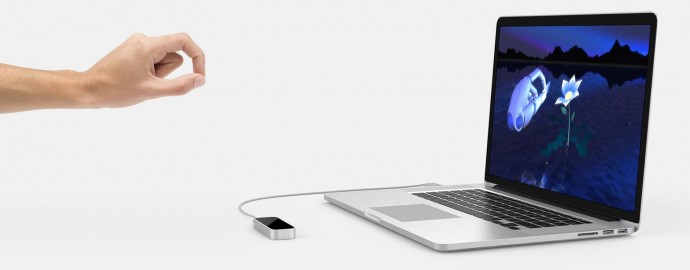The Leap Motion Controller
The Leap Motion Controller (introduced in 2013) is a gesture-based input device designed to allow users to control on-screen elements through hand and finger movements. Unlike traditional input devices like the mouse and keyboard, Leap Motion provided a touch-free, 3D interaction experience. It could track users’ hand movements in real time, within an interaction space of about 8 cubic feet.
Gesture-Based User Interface
Leap Motion falls under Gesture-Based User Interfaces (GBUI), which allow interaction through body movements. Specifically, it’s part of the broader Natural User Interface (NUI) category, focusing on natural and intuitive interactions.
Why Leap Motion Failed
Despite its innovative concept, Leap Motion did not gain widespread adoption due to:
Limited Use Cases: Its primary applications, like gaming and 3D modeling, appealed only to niche audiences. Most users found traditional input methods more practical for everyday tasks.
Tracking Issues: Many users reported inconsistent accuracy and latency, particularly when hands moved quickly or left the interaction zone. This made it hard to rely on for precise tasks, such as 3D design.
Lack of Developer Support: Limited developer interest meant fewer applications that leveraged Leap Motion’s capabilities, reducing user incentive to adopt the device.
Competition with VR/AR: As VR and AR technology gained popularity, Leap Motion struggled to stay relevant despite attempts to integrate with VR headsets.
Potential for Future Success
While Leap Motion didn’t succeed initially, the technology might find new applications as gesture-based interactions become more important in VR and AR environments. With its 2019 acquisition by Ultraleap, which combines gesture control with haptic feedback, this technology could offer more immersive experiences in fields like healthcare and remote collaboration.
Conclusion
The Leap Motion Controller was a forward-thinking product that didn’t find immediate success due to limited use cases, technical challenges, and competition. However, with advances in machine learning and computer vision, its underlying technology may still shape future human-computer interactions.
